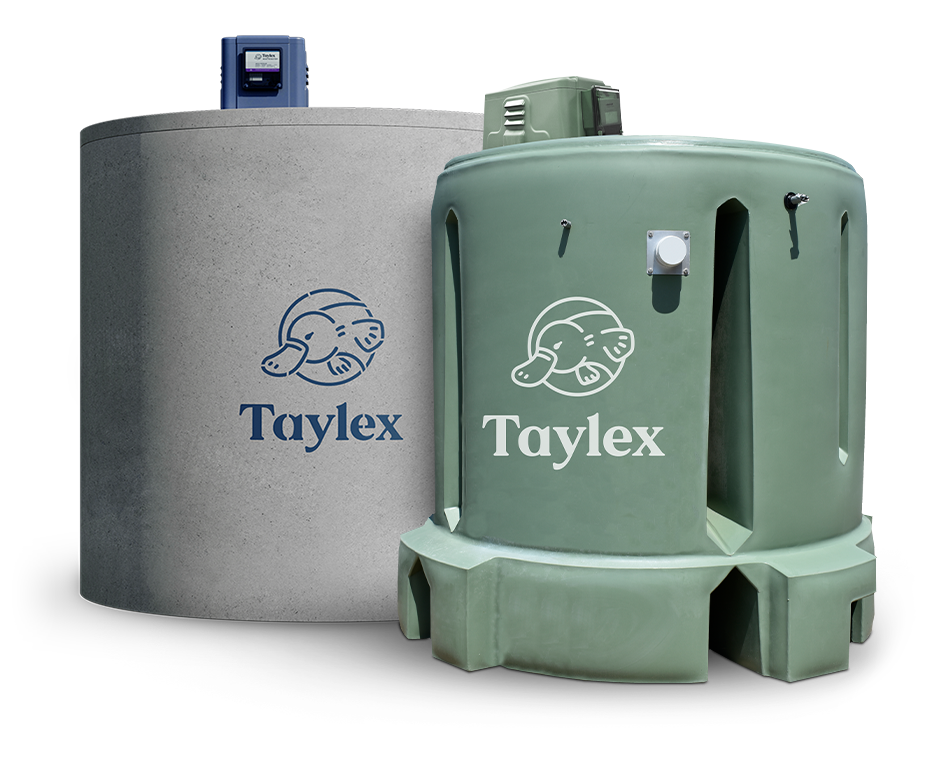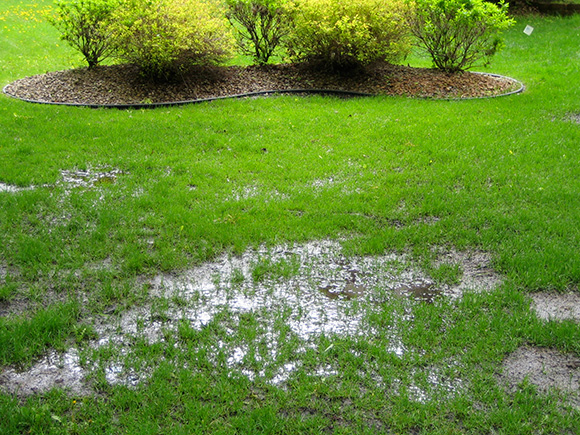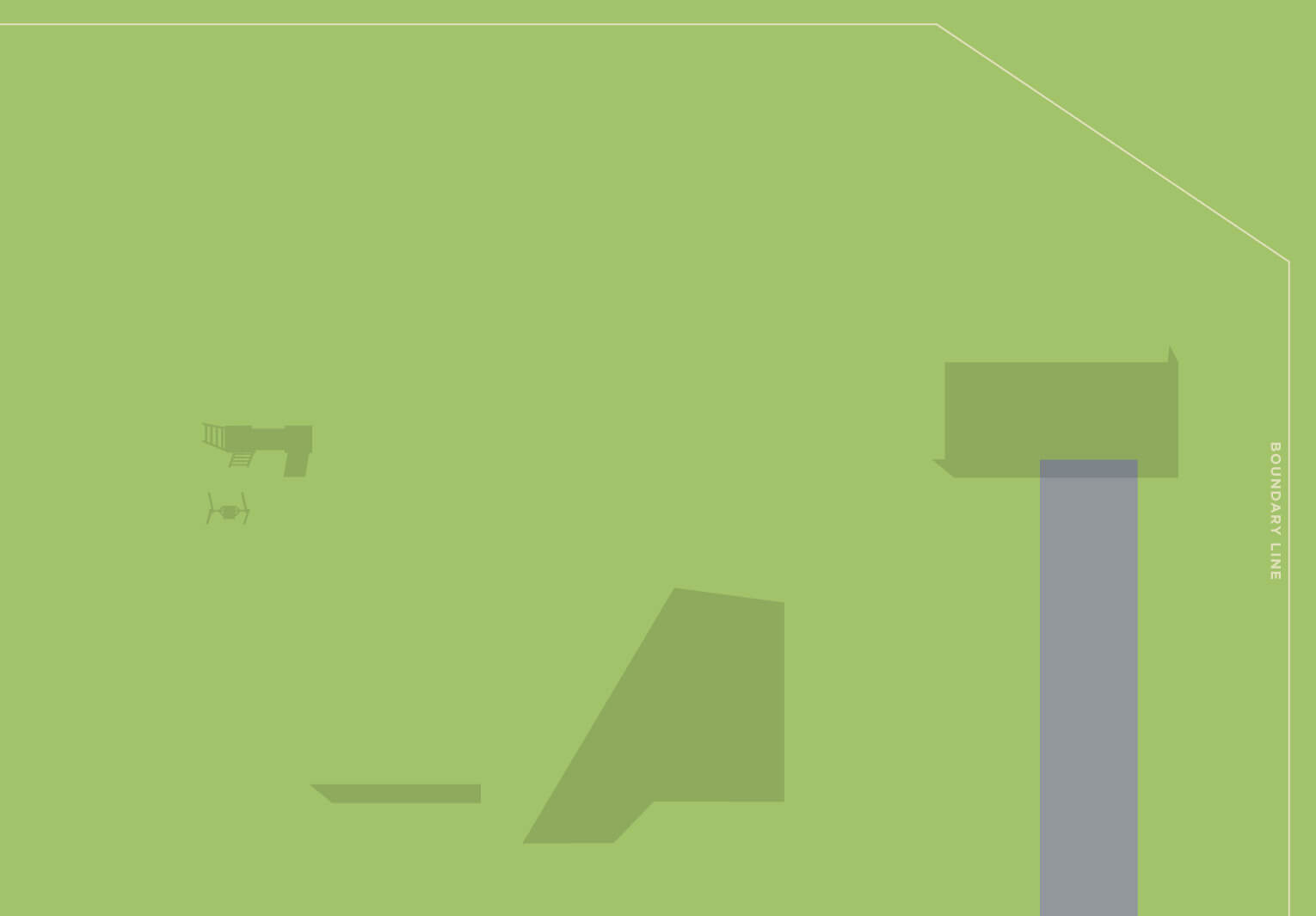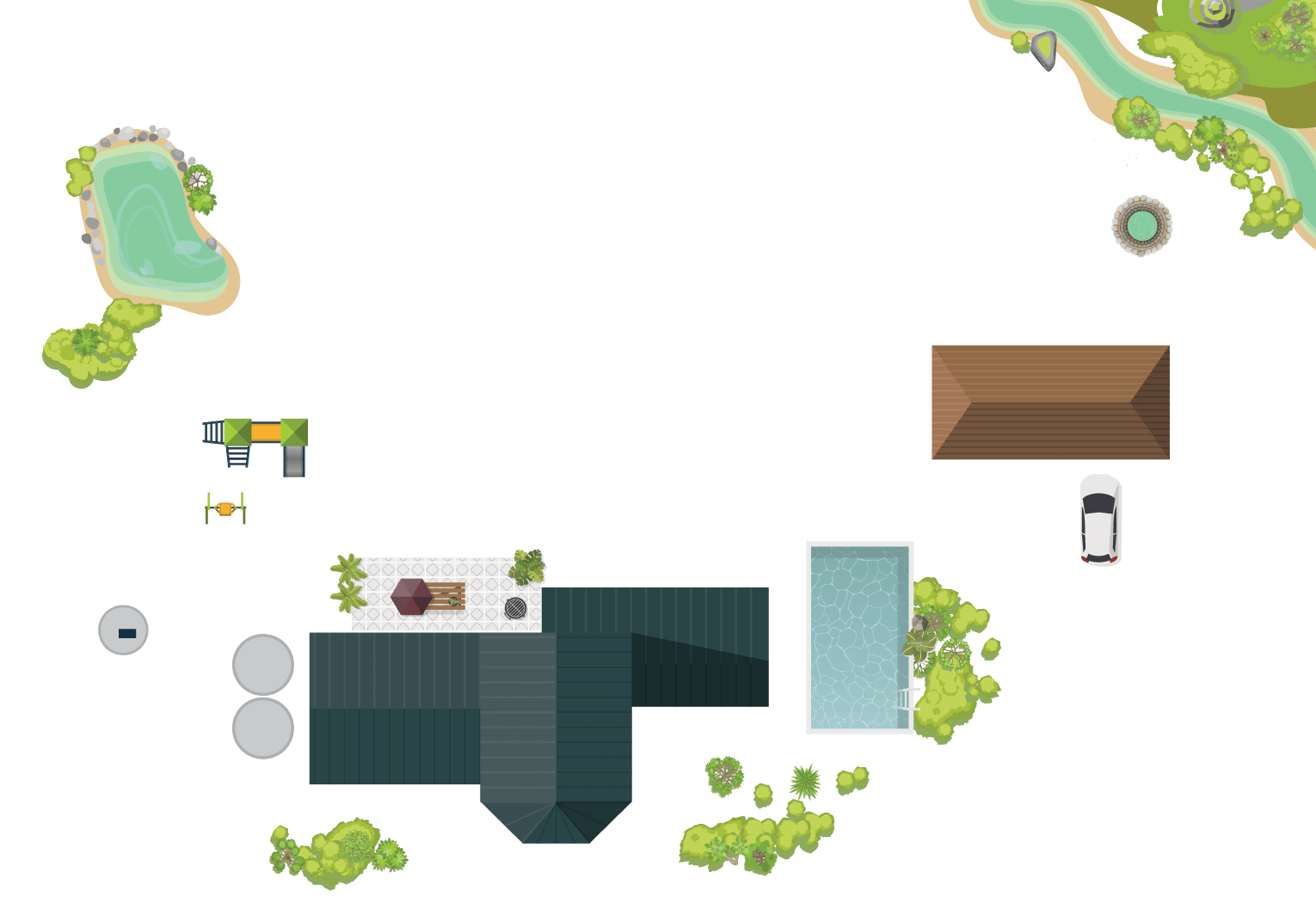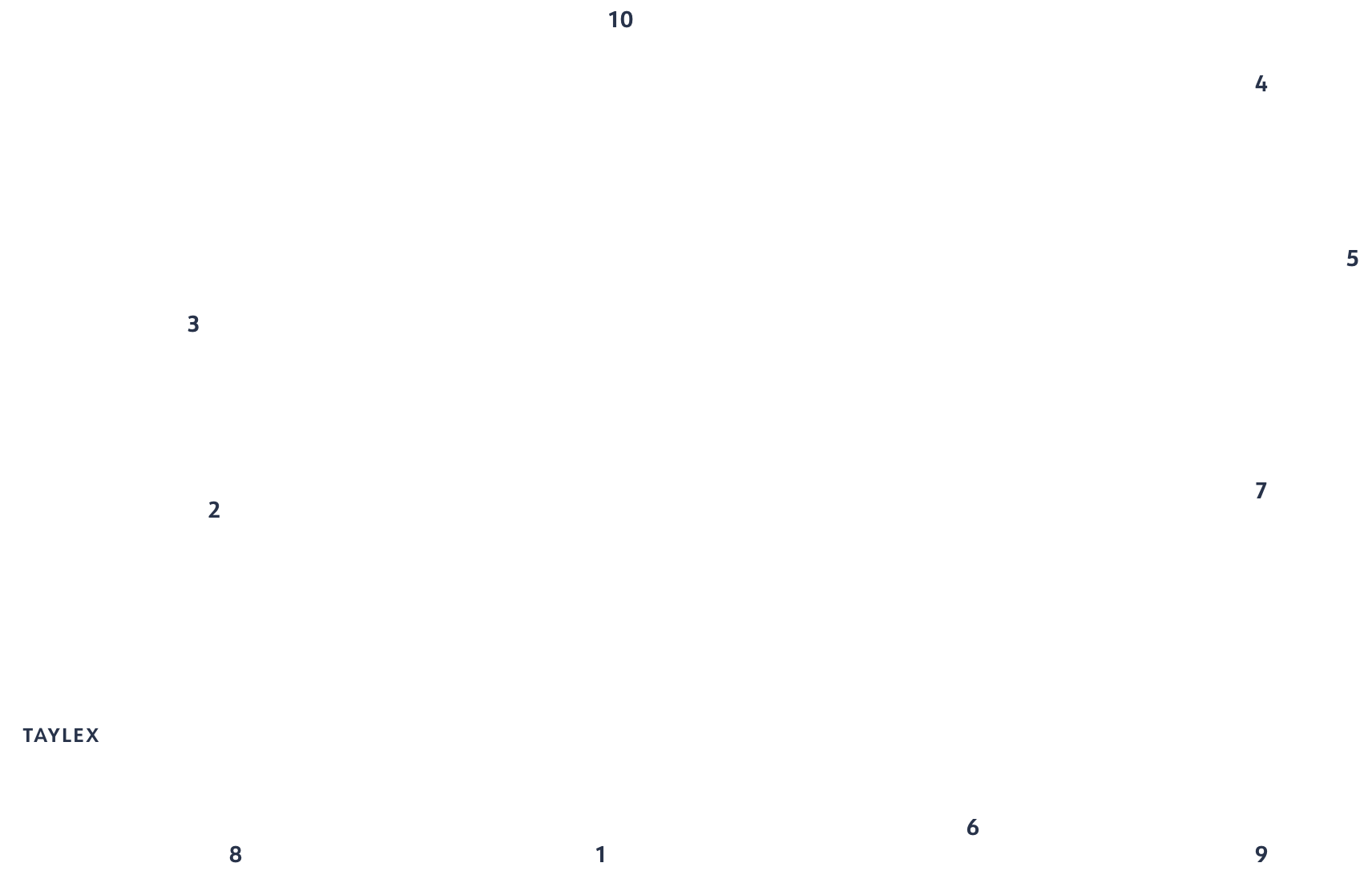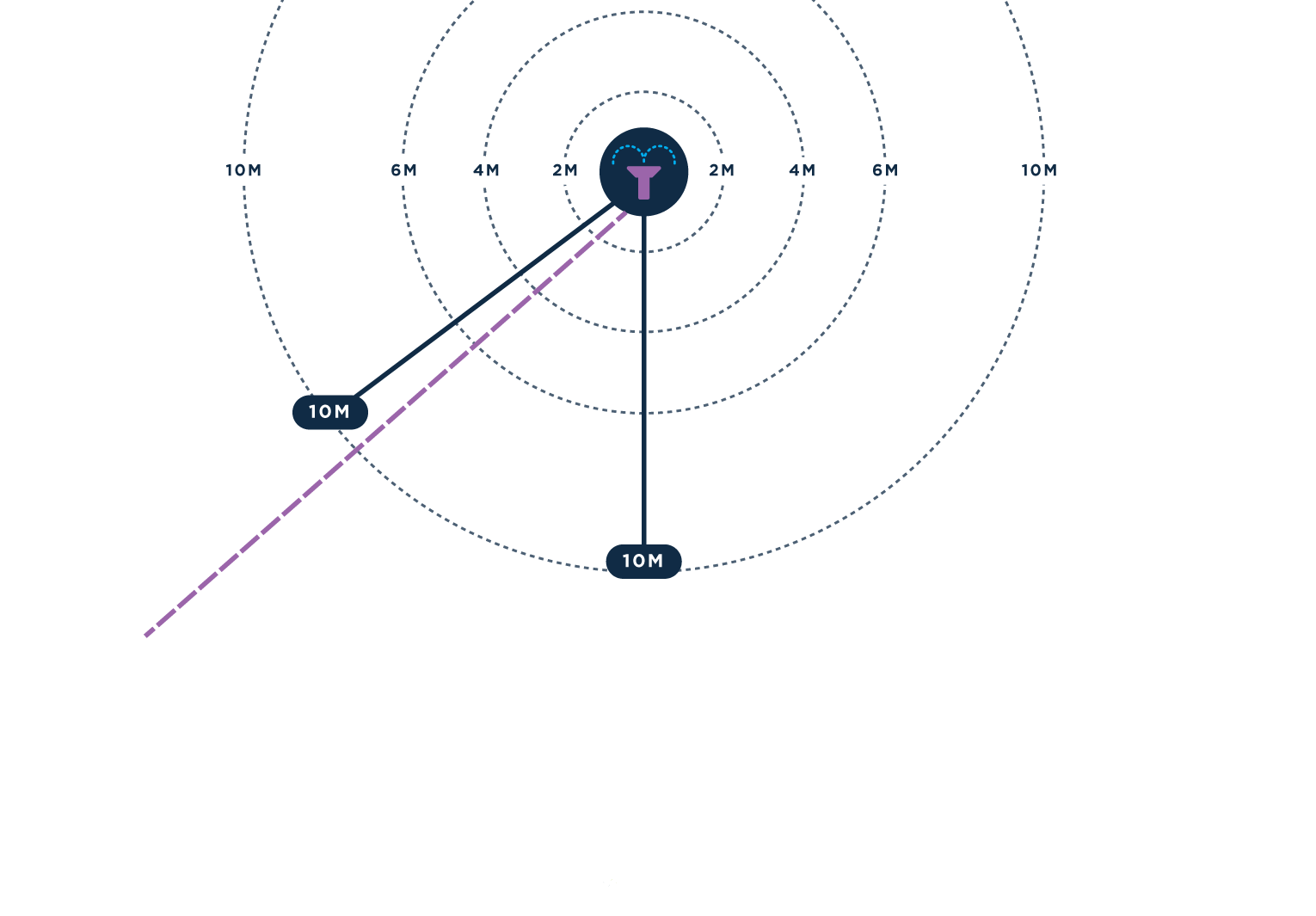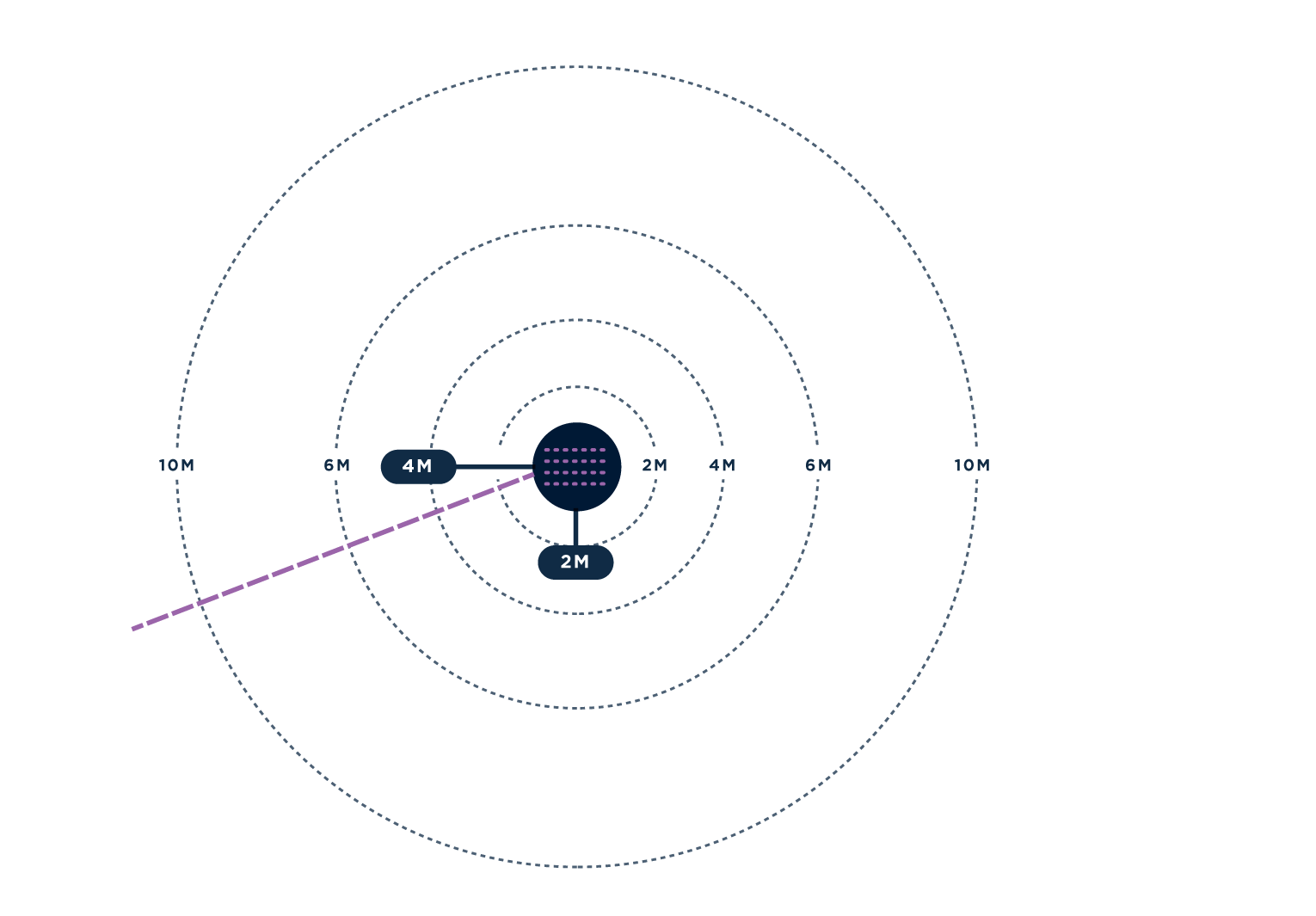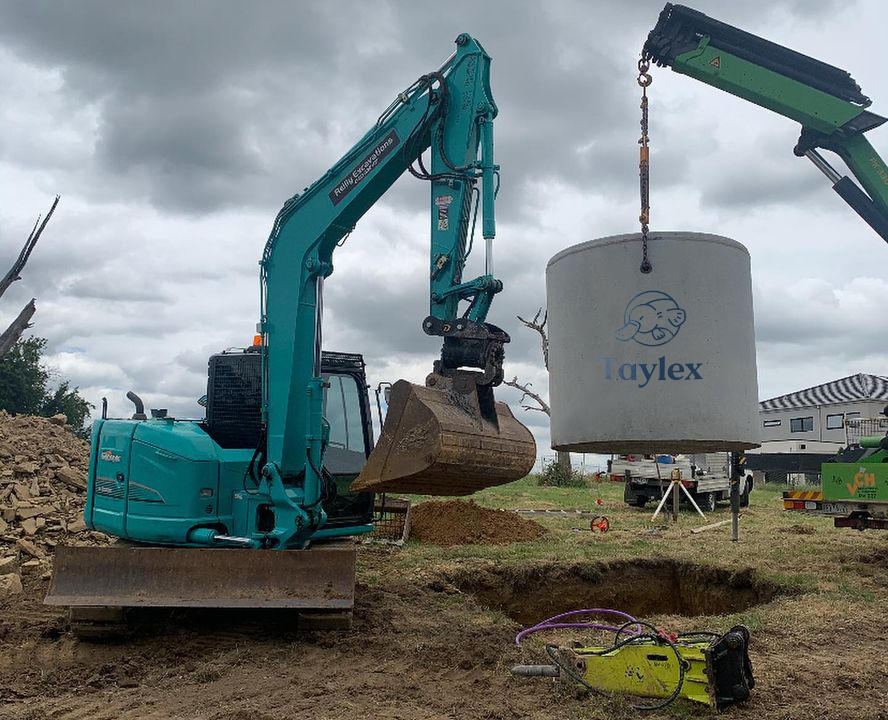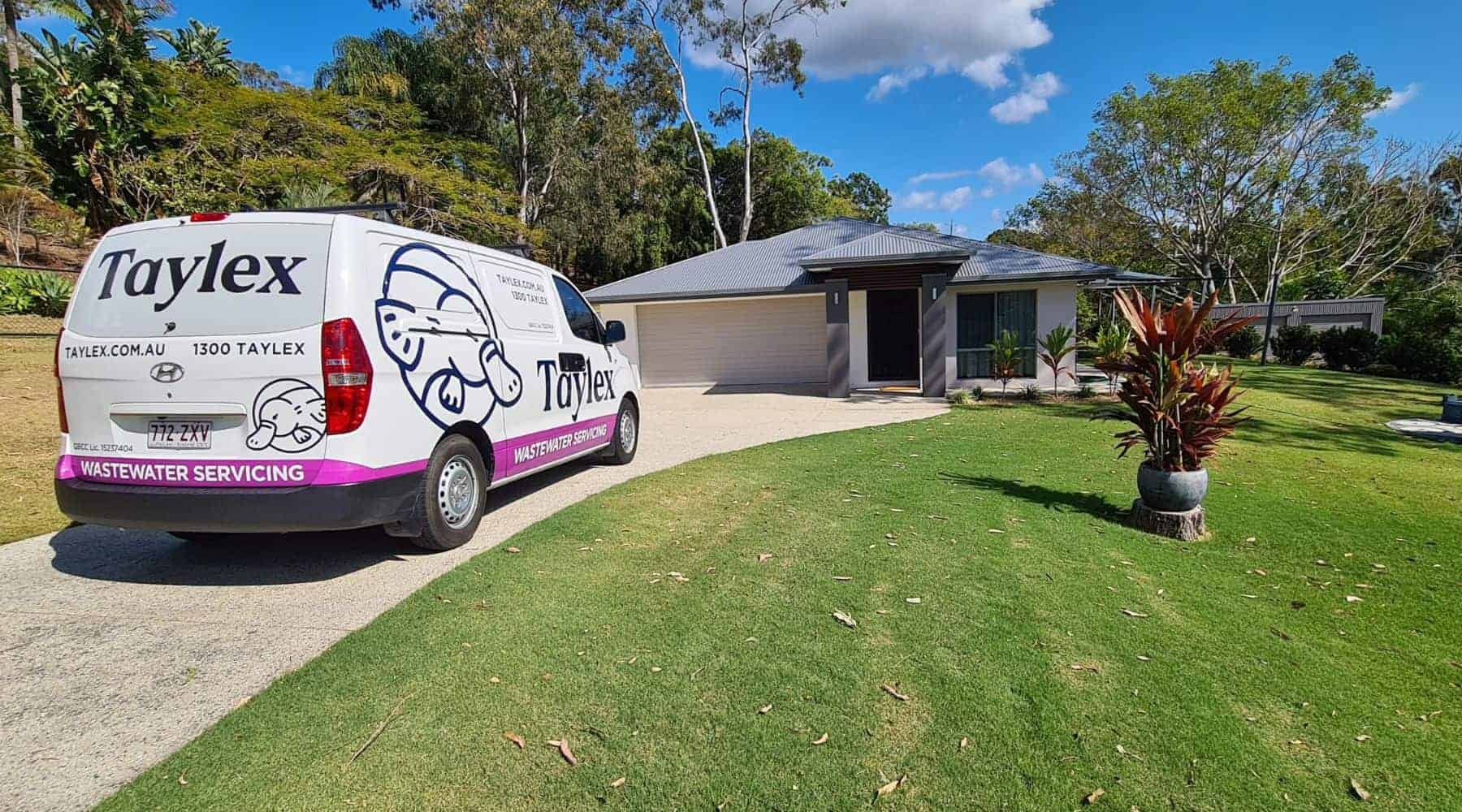Septic Upgrade FAQs
Do I need to upgrade my septic tank?
You might need to upgrade your septic tank if you experience frequent repairs, overflows, foul odours, or increased household size. Aging systems (20-30 years old) or property changes can also necessitate a septic upgrade.
What is the most expensive part of a septic system?
The leach field, also known as the drain field, is the most expensive part of a septic system. Its construction or replacement can cost anywhere from $2,000 to $10,000, and for very large systems, up to $20,000.
How much does it cost to replace a septic tank and drainfield?
Generally, replacing a septic tank and drainfield costs between $7,000 and $15,000. The total cost varies based on the size of the field and the type of septic system installed. Factors such as site conditions and system complexity also influence the final price.
What is the life expectancy of a septic drainfield?
The life expectancy of a septic drainfield ranges from 15 to 40 years. Several factors influence this lifespan, including construction materials, soil acidity, water table level, and maintenance practices. Proper care and regular maintenance can significantly extend the drainfield’s life.
